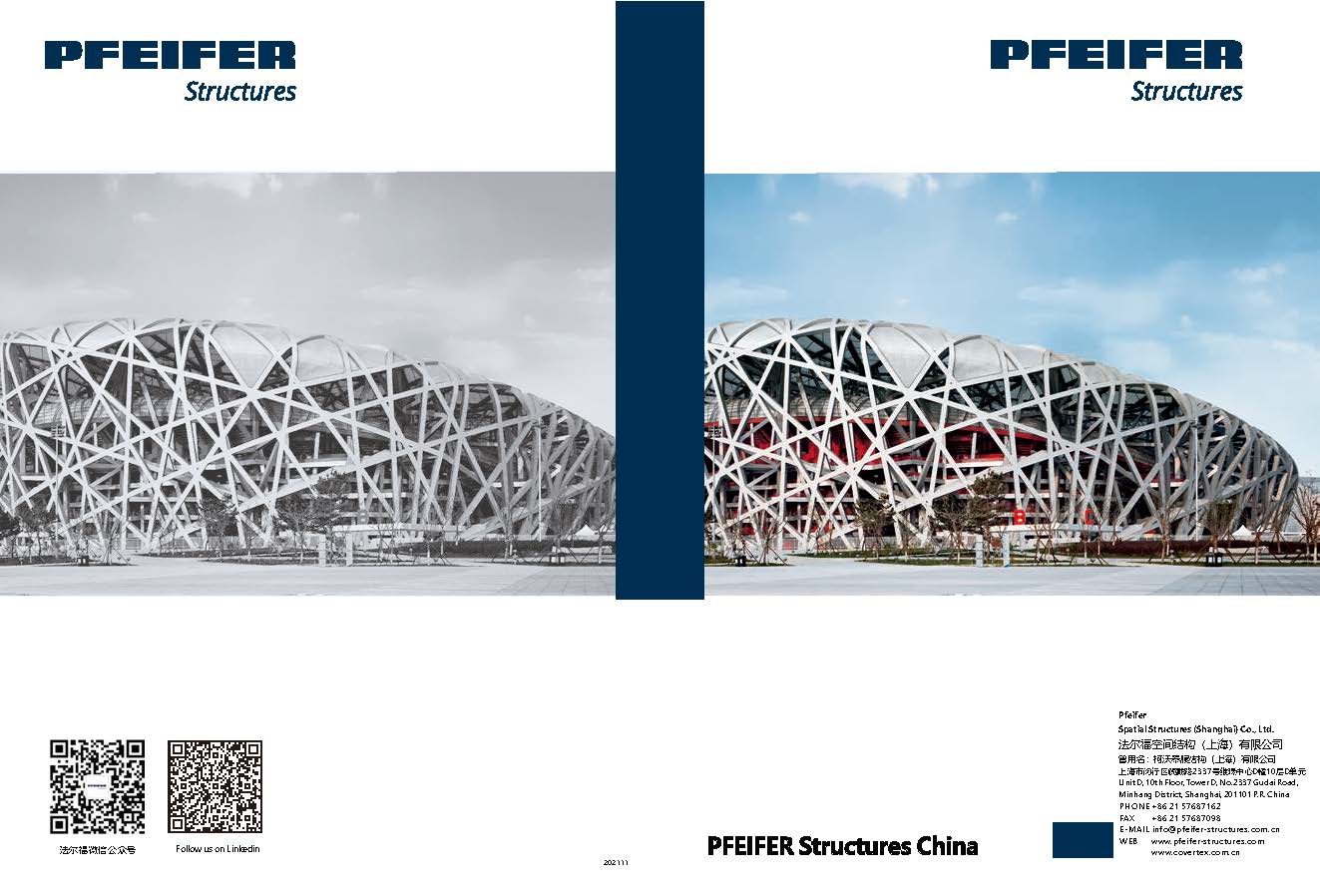Conceptual Design
The Design Development Department (DDD) at PFEIFER Structures was created to provide advanced design capabilities to our clients by utilizing sophisticated 3D/CAD rendering and animation software to develop cutting edge architectural renderings. This comprehensive visualization capability enables clients to better understand our company’s proposed tension fabric structure solutions to their requirements. The DDD complements our progressive approach to innovation and creativity. Our design team is composed of Industrial Designers and Architects who understand the fundamentals of shape, form and function; their creativity and technical ability enable the client to gain a unique insight into a 3D version of a concept suitable for construction.
The animation represented in CAD format typically represents the actual and final product and is the starting point for converting the concept into reality. DDD also plays a significant role in preparing a 3D model of a structure for engineering analysis. The model allows our Sales Engineering Department to do a preliminary engineering analysis and determine if the structure is stable, whether the membrane is shaped correctly, and if it is over stressed or in a position to pond.
Lastly, it provides our Estimating Department with sufficient information on the sizing and weight of the elements which in turns leads to a cost-effective estimate in our proposal. The PFEIFER Structures Design Development Department differentiates us from our competitors by giving our company the edge and our clients an advantage.
Sustainable Design
With Sustainable Design as one of the most important issues in architecture today, designers are not only focusing on environmentally friendly materials but also educating their clients on the benefits of their design approach, their use of materials, and their method of construction for reaching “Green” status.
The essential aim of Sustainable Design is to produce places, products, and services in a way that reduces the use of non-renewable resources, minimizes environmental impact, and relates people to the natural environment in terms of three main components: Design, Materials, and Construction. Fabric structures by PFEIFER Structures can also contribute to Leadership in Environmental and Energy Design (LEED) credits in categories such as: daylighting, innovative design, and reduced and recyclable material usage.


 Translate
Translate